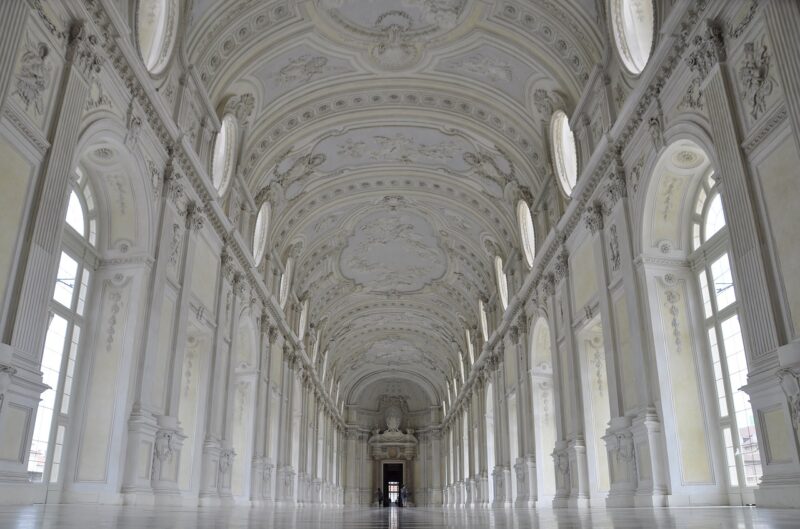
Minimalism is more than just an aesthetic choice; it’s a philosophy that shapes how we engage with our environment. In the realm of modern art, minimalist design has emerged as a powerful force, influencing galleries, installations, and public art spaces across the globe. This article unpacks the principles of minimalist design and explores why it resonates so deeply within contemporary art.
1. Understanding Minimalism: More Than a Style
Minimalism began as a movement in the 20th century, originating in the visual arts before extending to music, architecture, and lifestyle. Defined by simplicity and a focus on the essentials, minimalist design strips away the unnecessary to create a sense of clarity and purity.
Key attributes of minimalist design include:
- Simplicity: A focus on clean lines, geometric shapes, and an uncluttered aesthetic that draws attention to the spaces themselves rather than excessive ornamentation.
- Functionality: Each element serves a purpose, with thoughtful consideration of how space is utilized for both artists and viewers.
- Color Palette: Neutral tones dominate the minimalist design landscape; whites, blacks, and grays create a serene atmosphere that complements the simplicity of form.
The essence of minimalism is not merely to void excess but to find beauty in simplicity, allowing art to breathe and speak on its own terms.
2. The Impact of Minimalism on Modern Art Spaces
As contemporary art continues to evolve, the integration of minimalist design principles has transformed how galleries operate:
- Enhanced Focus on Art: An uncluttered environment encourages viewers to engage more deeply with individual pieces. With fewer distractions, the nuances of texture, form, and concept become more pronounced, allowing deeper contemplation.
- Flexible Art Spaces: Minimalist designs often utilize modular spaces that can adapt easily to different installations. This flexibility fosters experimentation and collaboration among artists, allowing for dynamic exhibitions that challenge traditional boundaries.
- Creating Experience: Minimalist spaces prioritize the viewer’s journey through the gallery. Layouts are designed to guide visitors seamlessly from one piece to another, enhancing the overall experience of the exhibition and encouraging longer exploration.
This focus on minimalist principles not only shapes the aesthetics of art spaces but also elevates the interaction between art, space, and audience.
3. Notable Examples of Minimalist Architecture in Art Spaces
Many art institutions have embraced minimalist design in their architecture, successfully merging structure with simplicity. Here are a few notable examples:
- The Museum of Modern Art (MoMA), New York: The recent renovation of MoMA emphasizes open spaces and clean architectural lines, enhancing the visitor experience while showcasing the beauty of modern art without distractions.
- 21_21 Design Sight, Tokyo: Designed by architect Tadao Ando, this minimalist space emphasizes concrete and glass, allowing natural light to define the experience while enabling a strong connection between nature and art.
- The Getty Center, Los Angeles: With its stunning hilltop views, the Getty Center uses clean lines and natural materials emphasizing minimalist aesthetics, encouraging slow viewing of its art and architecture within a contemplative environment.
These spaces exemplify how minimalist design complements the art they house, creating environments that enhance the viewing experience without overpowering the artwork itself.
4. Embracing Technology and Minimalism
In today’s digital age, technology intersects with minimalism in profound ways. Virtual and augmented reality are being used to create immersive art experiences that embody minimalist principles:
- Virtual Art Installations: Artists leverage VR technology to craft minimalist virtual spaces where viewers can interact with art without the constraints of physical space, allowing for unique viewer experiences.
- Augmented Reality (AR) Exhibitions: AR art installations provide the opportunity to blend minimalism with real-world environments, encouraging viewers to experience art in familiar settings while engaging with digital elements seamlessly integrated into their surroundings.
- Algorithmic Art: Generative art, created through algorithms, often embodies minimalism by relying on simplicity and pattern rather than complexity, resulting in visually striking pieces that resonate with minimalist ethos.
Technological advancements paired with minimalist design raise compelling questions about the relationship between space, art, and viewer perception in the modern world.
5. The Minimalist Lifestyle Influence on Art Spaces
As the minimalist lifestyle gains traction globally, its impact on art spaces becomes even more evident. This lifestyle, which promotes simplicity and deliberate choices, mirrors the principles of minimalist design:
- Mindful Consumption: Just as minimalism in art advocates for quality over quantity, the minimalist lifestyle encourages individuals to focus on meaningful experiences rather than excess, fostering a greater appreciation for art and the intention behind it.
- Sustainable Practices: The alignment of minimalism and sustainability leads art spaces to embrace eco-friendly materials and practices. Galleries are increasingly prioritizing wooden frames, recycled materials, and energy-efficient lighting, reflecting a commitment to environmental stewardship through simplicity.
- Collaboration over Competition: Minimalism fosters a sense of community over competition. Art spaces are emphasizing collaborative projects and shared exhibitions, allowing different artists to showcase work together in thoughtfully curated minimalist environments.
By promoting a minimalist lifestyle, art spaces naturally become more inviting and reflective of shared human experiences, cultivating a deep connection between artist, art, and audience.
Conclusion: The Future of Minimalism in Art
Minimalist design is set to continue its rise in the realm of modern art spaces, as artists and curators seek to create environments that are as much about the experience as they are about the art itself. By stripping away the excess and focusing on what truly matters, minimalist design invites both artists and viewers to engage deeply, fostering a greater appreciation for the art world.
Whether through architecture, technology, or lifestyle, the minimalist movement is redefining how we interact with art in meaningful ways. As we move forward, the simplicity of design will continue to challenge our perceptions, allowing us to explore the essence of artistic expression with clarity and purpose.






